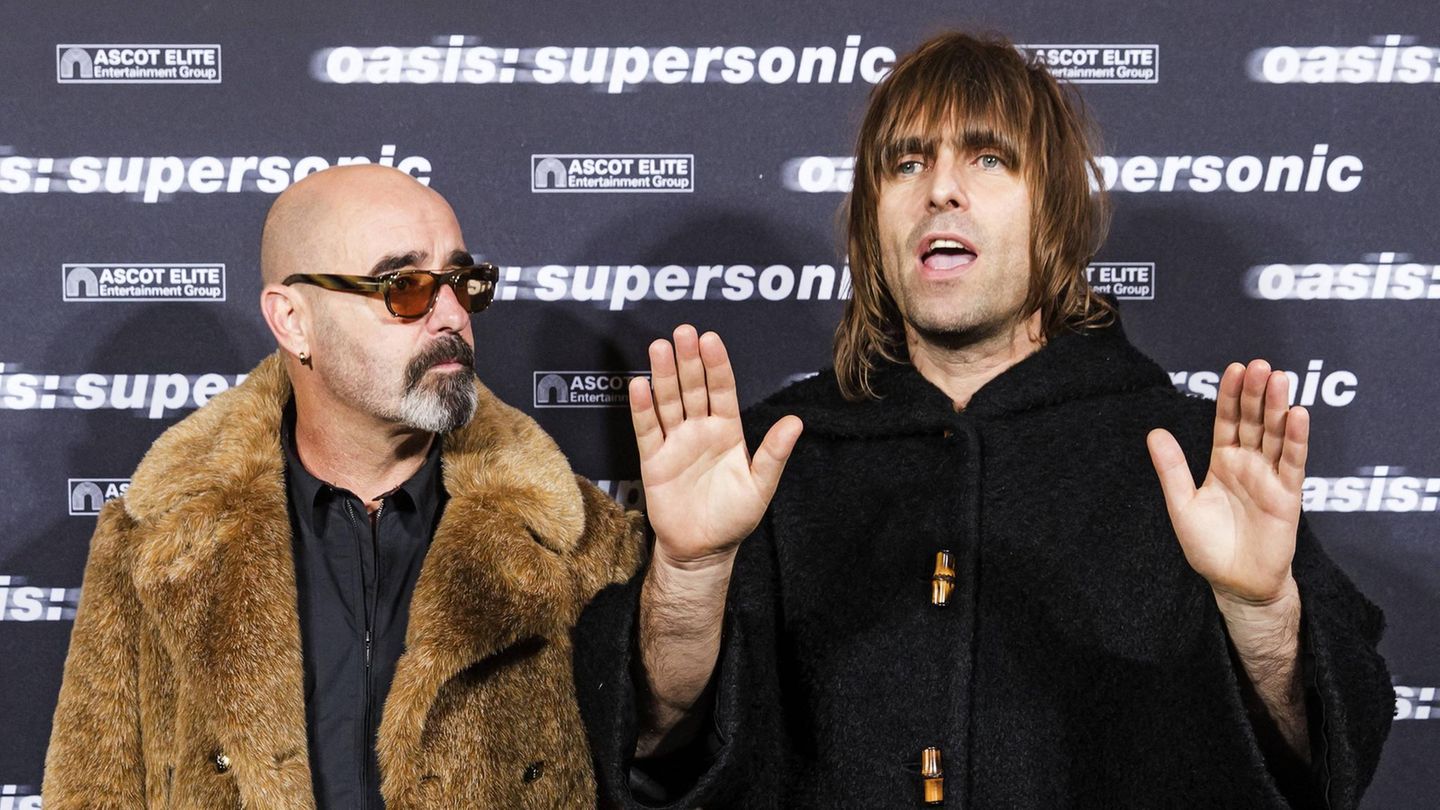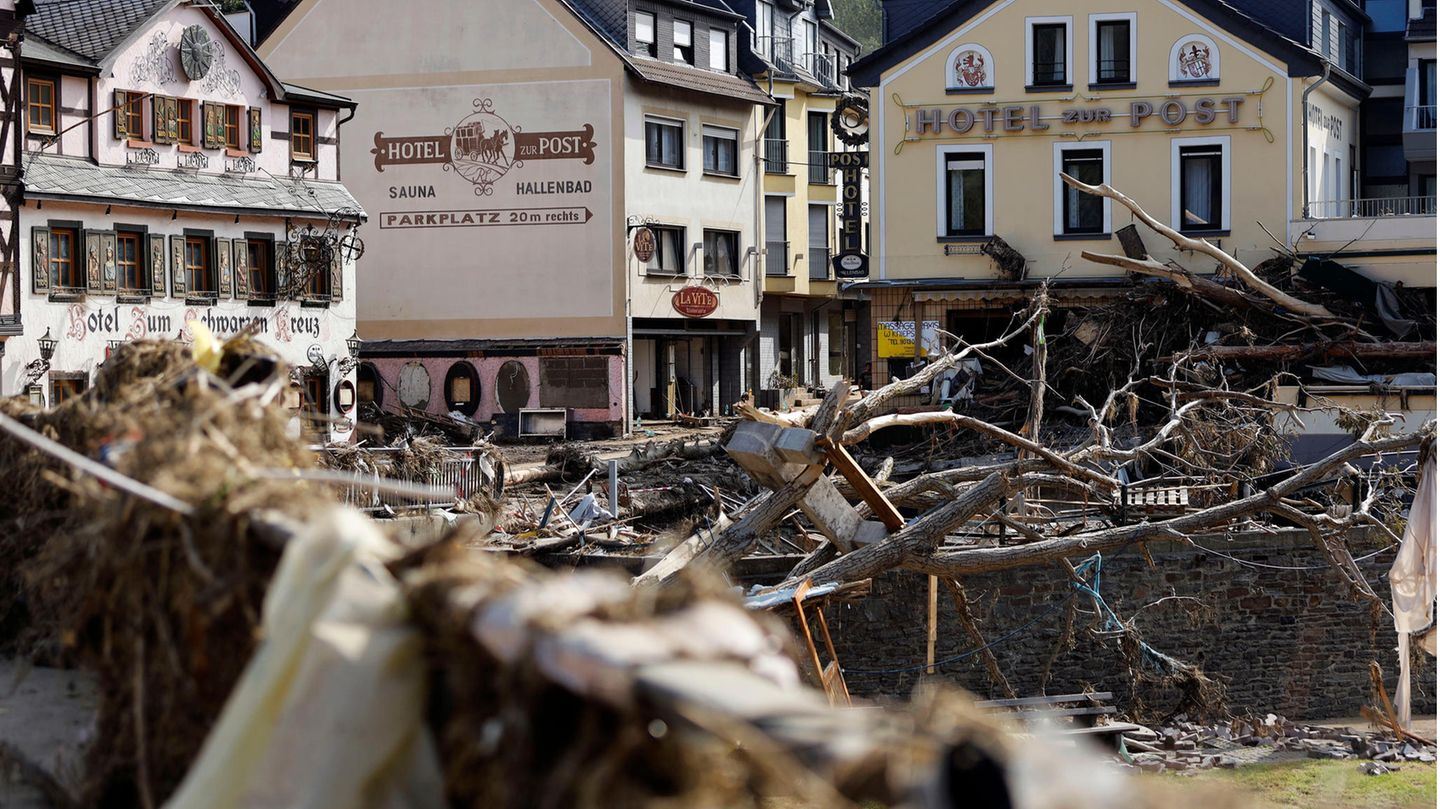David William is a talented author who has made a name for himself in the world of writing. He is a professional author who writes on a wide range of topics, from general interest to opinion news. David is currently working as a writer at 24 hours worlds where he brings his unique perspective and in-depth research to his articles, making them both informative and engaging.
Menu
Analysis of climate protection: We don’t have another 50 years
Categories
Most Read
Drone incidents: debate about drone defense after incidents at the airport
October 4, 2025
No Comments
Military service deform: military service law: Pistorius accuses Union of negligence
October 4, 2025
No Comments
Russian-Ukrainian War: Russian attacks meet Ukrainian power supply
October 4, 2025
No Comments
Government crisis: For the first time
October 4, 2025
No Comments
Reactions to Peace Plan for Gaza: “Waffenruhe in within reach”
October 4, 2025
No Comments
Latest Posts

Location in the Gaza War: Negotiations on Trump peace plan
October 4, 2025
No Comments
IvanI have been working in the news industry for over 6 years, first as a reporter and now as an editor. I have covered politics

Formula 1: The best of training in Verstappen scolds about heat rule
October 4, 2025
No Comments
PierceI am Pierce Boyd, a driven and ambitious professional working in the news industry. I have been writing for 24 Hours Worlds for over five

Oasis guitarist Paul “Bonehead” Arthurs makes cancer diagnosis public
October 4, 2025
No Comments
Tour Oasis guitarist Paul “Bonehead” Arthurs has prostate cancer Copy the current link Add to the memorial list Oasis guitarist Paul “Bonehead” Arthurs takes a
24 Hours Worlds is a comprehensive source of instant world current affairs, offering up-to-the-minute coverage of breaking news and events from around the globe. With a team of experienced journalists and experts on hand 24/7.

